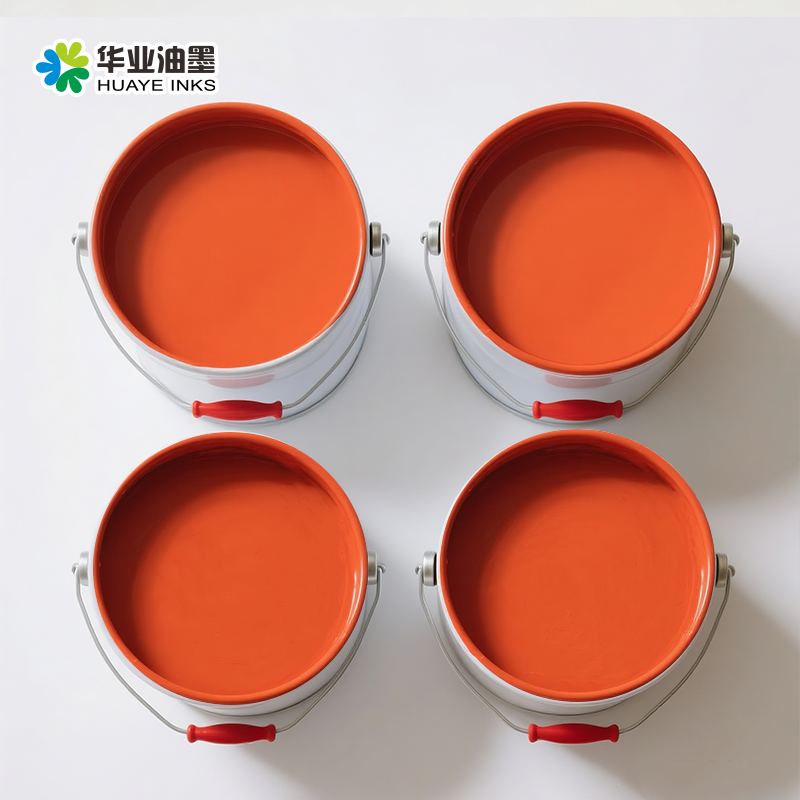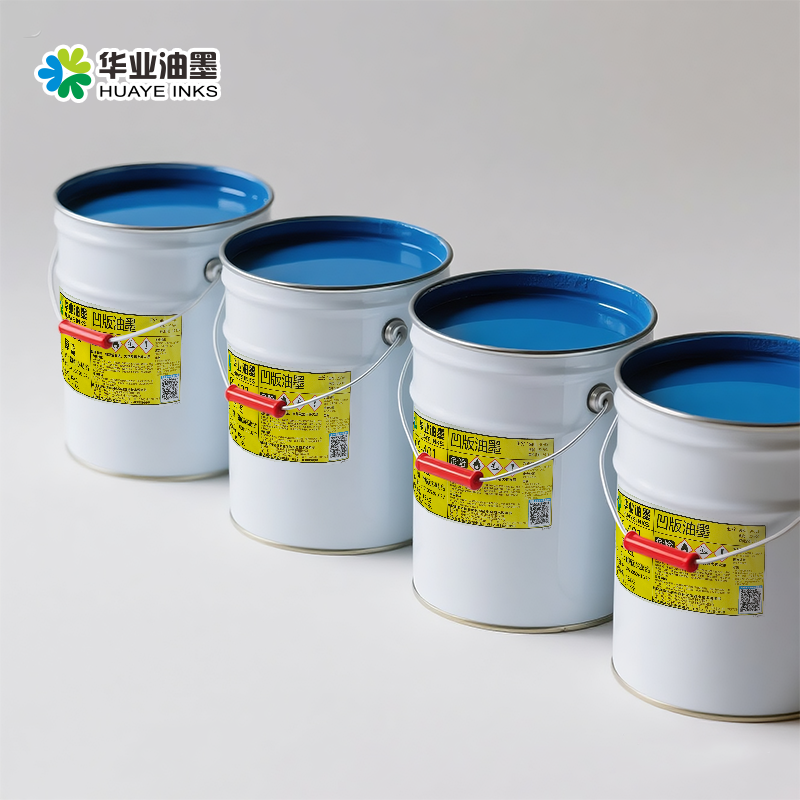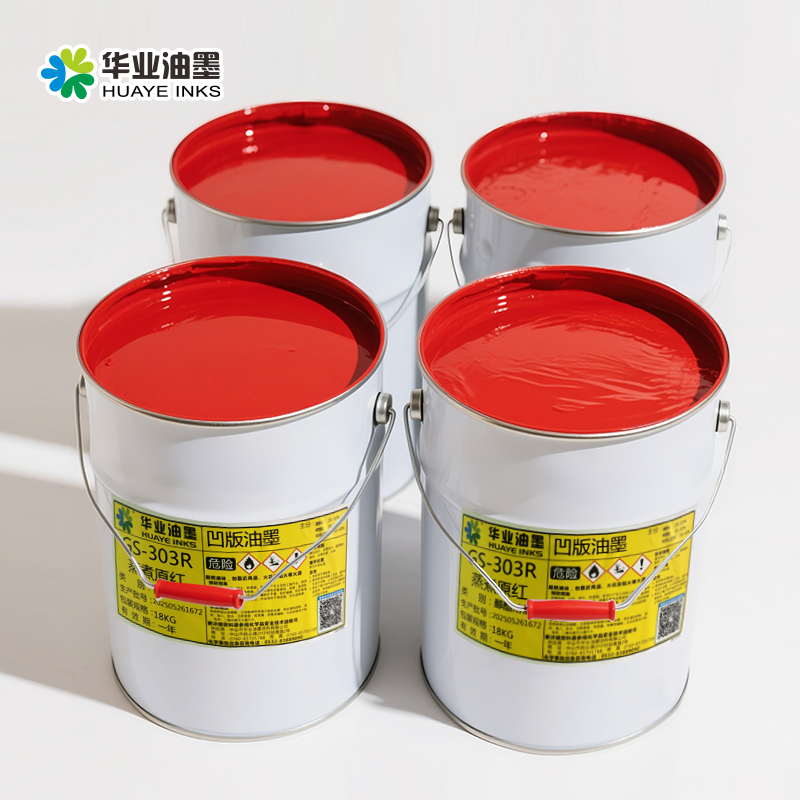No.2 Jieqing Road ,Shazai industrial Park, Minzhong Zhongshan City, Guangdong Province
Inkjet printing ink is a specialized type of ink formulated for use in inkjet printers, a popular printing technology known for its versatility, precision, and ability to produce high - quality prints on a wide range of substrates. The formulation of inkjet printing ink is a complex process that involves a careful balance of various components to ensure optimal performance in the inkjet printing process. Pigments or dyes are the primary color - giving components of inkjet printing ink. Dye - based inks are known for their vibrant colors and high - color saturation. The dyes are dissolved in a liquid carrier, allowing for smooth ink flow through the printer's nozzles and excellent color absorption into the substrate, resulting in vivid and sharp prints. However, dye - based inks may have limitations in terms of lightfastness and water resistance, making them more suitable for indoor applications or short - term use. Pigment - based inks, on the other hand, consist of finely ground pigment particles dispersed in a liquid medium. These inks offer superior lightfastness, water resistance, and durability. The pigment particles sit on the surface of the substrate rather than being absorbed, providing better protection against fading and smudging. Pigment - based inks are often preferred for outdoor signage, archival prints, and applications where long - term color stability is crucial. The liquid carrier in inkjet printing ink, usually water or a solvent, plays a vital role in controlling the ink's viscosity and flow properties. In water - based inkjet inks, water is the primary carrier, offering environmental advantages such as low - odor and reduced volatile organic compound (VOC) emissions. Solvent - based inkjet inks, although less environmentally friendly, may be used for printing on non - porous substrates where water - based inks may not adhere well. Additives are incorporated into the ink to further optimize its performance. Surfactants are used to reduce the surface tension of the ink, ensuring smooth ink flow through the nozzles and even spreading on the substrate. Humectants are added to prevent the ink from drying out too quickly in the printhead, which could cause nozzle clogging. With the continuous development of inkjet printing technology, inkjet printing inks are also evolving. New formulations are being developed to improve print quality, increase printing speed, and expand the range of printable substrates. For example, some inkjet printing inks are designed specifically for 3D printing, textile printing, or printing on flexible electronics, opening up new possibilities in various industries.


